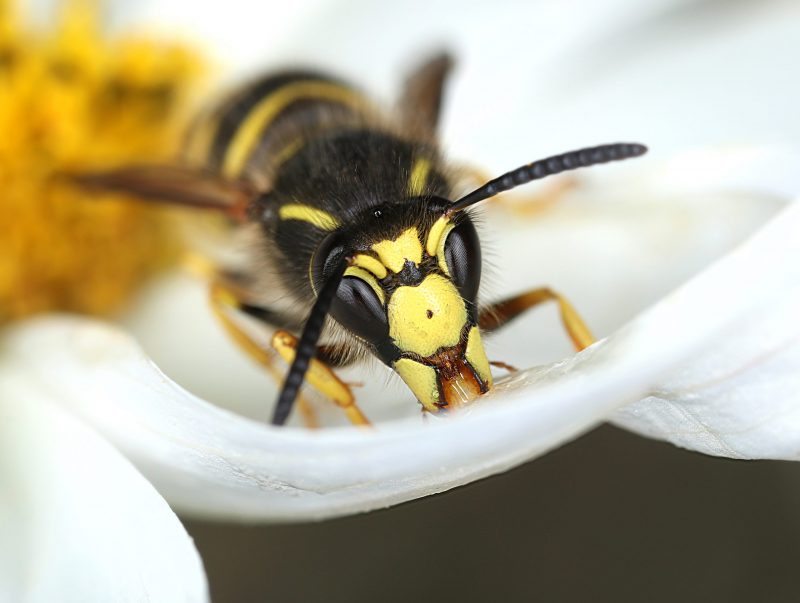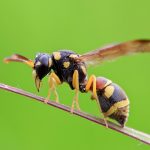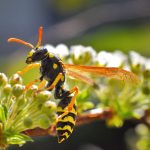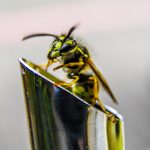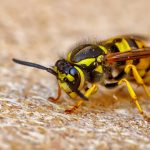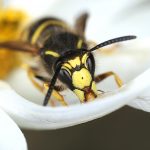Wasps are one of the most terrifying creatures in the world. These small insects have a stinging bite, and a swarm can be life-threatening in some situations. Wasps are members of the Hymenoptera order and resemble a cross between a bee and an ant.
Wasps varied in diameter from microscopic to many inches large and have unique yellow and black patterns. They can be found worldwide except in Antarctica, and nearly every habitat.
While some wasps are gregarious, the majority of them are lonely and only congregate to mate. Wasps have long been feared and adored, and they have a prominent place in history, movies, and music.
Many people continue to misinterpret wasps and their role in the ecology as a result of their fear. Many people, for example, would try to answer the question “what do wasps eat?” if forced.
We’ll look at what wasps eat in this post to try to clear up a few of the mysteries surrounding them. First, let’s have a look at what wasps like to consume. Then we’ll look at how wasps hunt and scavenge for food using their senses and talents.
Following that, we’ll examine what wasps eat in the wild to what they eat in captivity. Finally, we’ll talk about the food that baby wasps devour. So buckle up, because we’re about to reveal the solution to the question, “What do wasps eat?”
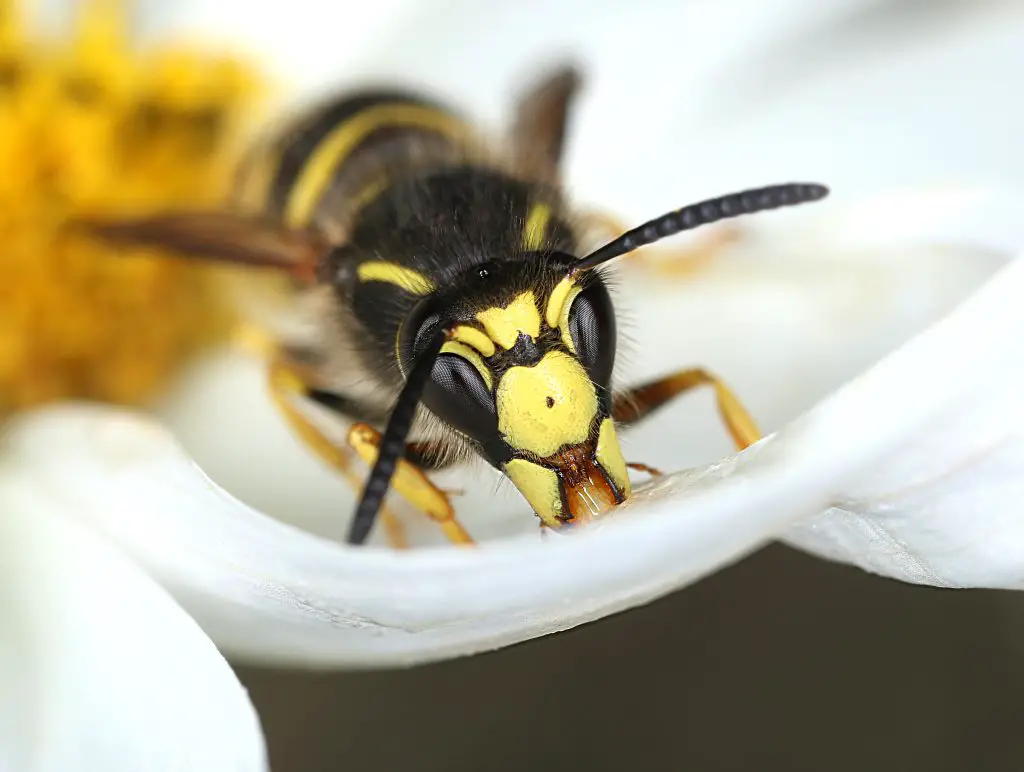
What Diet Do Wasps Take?
Wasps eat a variety of foods, based on their species and age of the wasp. Some species primarily consume nectar and pollen, while others seek and scavenge for food. Wasp larvae, on the other hand, are almost entirely carnivorous, although some adult wasps are nectarivorous. This disparity has left many people perplexed about what wasps eat.
But don’t worry; we’re here to help you make sense of it all. Adult wasps are generally attracted to foods that are heavy in sugar or protein. They hunt a wide range of animals and scavenge for vegetation to satisfy their appetites.
To make things easier for you, we’ve discovered nine common wasp foods. Adult wasps, larvae, or both consume these items, depending on the species.
The Nine Foods Are As Follows:
- Insects
- Spiders Carrion
- Larvae
- Fruit
- Honey Aphid
- honeydew
- Nectar Wasp
- larvae secretions Insects
- Spiders Carrion Larvae
How Do Wasps Hunt and Forage for Food?
Wasps have acute senses that aid them in hunting and foraging for food. They have a keen sense of smell that is said to be even more acute than that of dogs. Wasps use scent sensors in their antennae to detect aromas, allowing them to locate nectar, animals, dead insects, and sweet food from great distances.
Picnics, flower beds, and trash piles all create powerful aromas, which their smell receptors are drawn to. Wasps use sight to focus on their target once they are close enough just to their prey or meal.
They can sense color changes, which they use to assess whether an insect is a suitable target. Wasps also utilize their hearing to determine whether or not insects already are serving as hosts for parasitic wasps. They use their senses of touch and taste to navigate and identify appetizing items.
When it comes to foraging and hunting for food, wasps use a variety of techniques. Adult wasps that aren’t parasitic spend most of their time looking for nectar, fruit, and other sugary foods. A female will find an appropriate host when she is ready to lay her eggs.
She stings and paralyzes the host before laying her eggs in its still-living body. Her eggs will hatch and consume the victims once they hatch. Non-parasitic wasps, on the other hand, spend the majority of their time searching and foraging for animal debris.
Carrion, such as dying insects and animals, attracts these wasps. Furthermore, they search for live prey. A wasp would normally attack a live bug with its stinger to immobilize it. It will then either swallow the insect on the spot or slice it up and return it to its nest in fragments.
What Do Wasps Eat In The Wild?
Wasps eat a variety of foods in the wild. Their diet varies depending on the species and the habitat in which they dwell. Adult non-parasitic wasps primarily feed on plant nectar.
Blue, purple, white, and yellow flowers, as well as plants like spearmint, are very appealing to them. Honey and fruit plants, particularly fig trees, are also attractive to these wasps. They’ll also eat aphid honeydew, which is a delicious fluid left behind by aphids.

